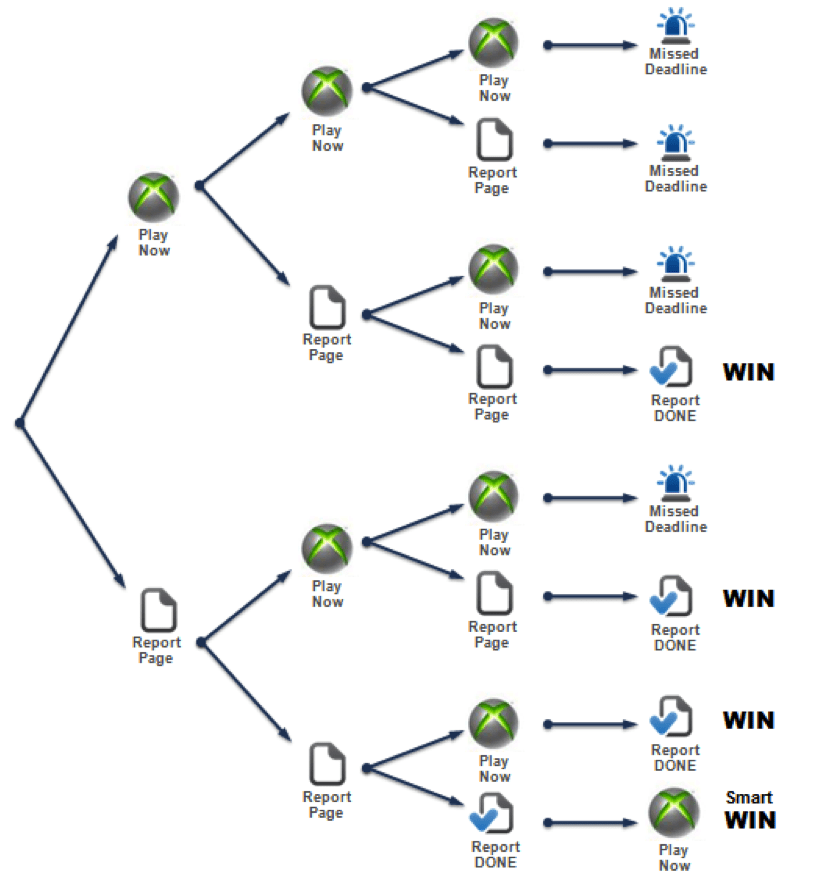3 steps to drive your project team forward
I hear stories like this all the time: “Our project teams are in chaos and our executives are insisting on some kind of ‘fire and forget’ solution that does not slow down the business.” Every project manager needs to join me in a collective groan so that we can move on to talking about a practical solution to this seemingly intractable problem.
First, put your PMP certification back in the box it came in. We won’t be using it today. Organisations with broken project management processes need to fix their root social issues first. Rarely is the team lacking the ability to get projects done. Usually, the rate of success is throttled by a lack of organisation, prioritisation and transparency. The problem is in people’s heads. Scratch that: the problem is that the solution is not in their heads.
If you want to solve productivity woes, you have to guide the organisation into seeing things they are currently unaware of. Being productive is a state of mind. If you can achieve this with your teams, then better decision-making will emerge and your business metrics will follow with measurable, improved productivity.
Motion is your new metric
Every hour of every workday, your project team is making micro decisions about what to do next and how to do it. How much people know about the mission and how connected they feel with it will have a huge impact on how this plays out. Don’t fool yourself into thinking that just being able to recall the distant goal is sufficient for your project team to make daily decisions. If you can’t answer the question, ‘How do my team members figure out what they should be working on from day to day?’ in one sentence, you can’t guarantee that wheels are spinning.
People face questions of motivation and focus constantly and make tens, if not hundreds, of micro decisions a day about what to do next. Should I research this more? Should I talk to somebody about X? Should I report this issue? Should I get off Facebook now? Skulls are noisy places and micro decision-making is where bad practices take root. That’s what we’re hunting here—a meaningful appeal to the hearts and minds of your project team.
The approach we offer here is simple: time spent will be categorised as either Forward Motion or Lateral Motion. Motion is a pretty easy concept for most people to understand: “Are we moving forward or laterally?” In any game you play, there must be forward motion to win. If you’re standing still, there’s a target on your back.
Easy enough for a sixth-grader
Take your average Xbox-playing sixth-grader with a homework project. Imagine he or she is facing a three-page writing project with just four nights to do it and only the opportunity to get one page done a night.
If you ask the young gamer if they’d like to get started on the project tonight or play Xbox, I’d wager a power-up that the answer would be Xbox. He’ll likely give the same answer again the next night, and the next, right up until his teacher is asking if the dog ate his homework.
That conversation changes, however, when you introduce transparency. Consider the following decision tree.
Kids (and most adults) can figure out how to win at this game very quickly when you lay it out in a concrete way. The difference between forward motion (getting a page of the homework done) and lateral motion (playing Xbox) is obvious.


